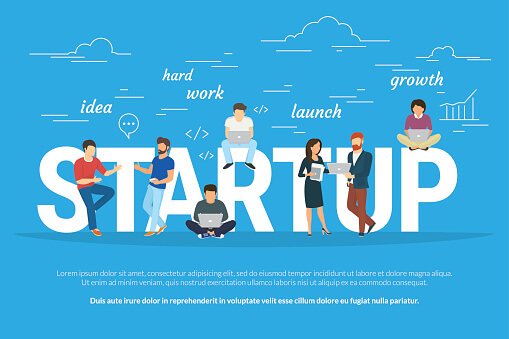COURSE TITLE: INTELLECTUAL PROPERTY RIGHTS (IPR)
INSTRUCTOR-IN-CHARGE: SATYA SWAROOP ROY
MEDAPATI
COURSE OBJECTIVE:
This course offers an
understanding into IPRs. It focuses on Infringement of IPR and its remedies.
COURSE
OUTCOMES:
CO1: The student will gain an insight about the different kinds
of Intellectual Property along with their economic importance.
CO2: The student will be able to
demonstrate knowledge and understanding of the
- appropriate procedures for obtaining intellectual property protection.
CO3: The students will be able to differentiate between Trade Marks and Patents
- and their registration process.
CO4: The student will be able to understand the legal and practical steps needed to
- ensure that intellectual property rights remain valid and enforceable.
SCOPE OF THE COURSE:
The course is designed with a view to create IPR consciousness and familiarize the learners about its documentation. It covers the basic concept of IPR its need and development in India. The course also includes the major documents relating to its protection. The rules and regulations relating to trademarks and patents have also been included in this course.

- Teacher: SATYA SWAROOP ROY MEDAPATI
Course Objective:
The objective of the course is to provide an understanding of basic concepts of Business Analytics like
Descriptive, Predictive and Prescriptive Analytics and an overview of Programming using R.
Course Outcomes:
CO 1 Develop a basic understanding on business analytics and the types of business analytics.
CO 2 Identify and categorize of business analytics, descriptive, predictive, and prescriptive.
CO 3 Understand the various business analytics in practice.
CO 4 Students can prepare tables and execute the results using Ms- excel.
CO 5 Students can have a brief understanding on the various aspects of descriptive statistics CO 6 Understand the different
measures of central tendency and measure of variability. CO 7
Understand and explain the nature of predictive analytics. CO 8 Identify the various
forecasting techniques. CO 9 Understand data mining and
its applications and techniques. CO 10 Understand and explain
the regression analysis –linear and multiple. CO 11 Understand linear
optimization. CO 12 Student will understand
how to solve a linear program using open solver. CO 13 Understand modern
approaches to decision-making under uncertainty. CO 14 Understand the
R-Environment. CO 15 Understand the R-Package. CO 16 Students will be able to
reading and writing data in R. SCOPE OF THE COURSE: Business
analytics have become vital for the growth and development of the companies of
today. Large investments are being made in big data analysis to make better
business decisions from past data this past data is being generated by
different sources such as business people,marketing,education,engineering
etc business analytics plays a very
important role by using statistics and tools to decode consumer insights.

- Teacher: JAYASREE M
The course aims to build professional profiles in business innovation. The objective is to develop entrepreneurial skills and to introduce students to the basic steps required to plan,
start and run a business

- Teacher: Dr PAYAL PATTNAYAK
COURSE TITLE: BUSINESS POLICY AND STRATEGY
INSTRUCTOR-IN-CHARGE: SATYA SWAROOP ROY MEDAPATI
COURSE OBJECTIVE:
To acquaint the students with understanding the business environment and design strategies to meet challenges. It focuses on designing plans and policies.
COURSE OUTCOMES:
CO1: The
student will be able to recognize and identify at which level the strategic
decisions are
made.
CO2: The students will be able to analyze the suitable
strategies adopted by the various firms in
the real life.
CO3: The students will be able to craft business strategy and
apply analysis to make sound
strategic decisions.
CO4: To develop the skill and talent in the students to think strategically about the policies of the company.
CO5: The students will be able to gain an insight about the stages of industry life cycle and can use this to predict the future of the organization.
CO6: The students will be able to reason out the strategic options carefully.
CO7: The students will get hands on how to formulate strategies
keeping in mind the
competitive analysis.
CO8: The students will be able to tailor a strategy to suit the
specific need and requirements of
an industry.
CO9: The students will be able to know about the managerial
tasks associated with
implementing the company strategies.
CO10: The students will be in a position to redesign
organizational structures and Control
mechanisms.
SCOPE OF THE COURSE:
A sound business policy helps the management in taking proper decisions. Such important and strategic decisions are taken by the top-level management.
- Teacher: SATYA SWAROOP ROY MEDAPATI